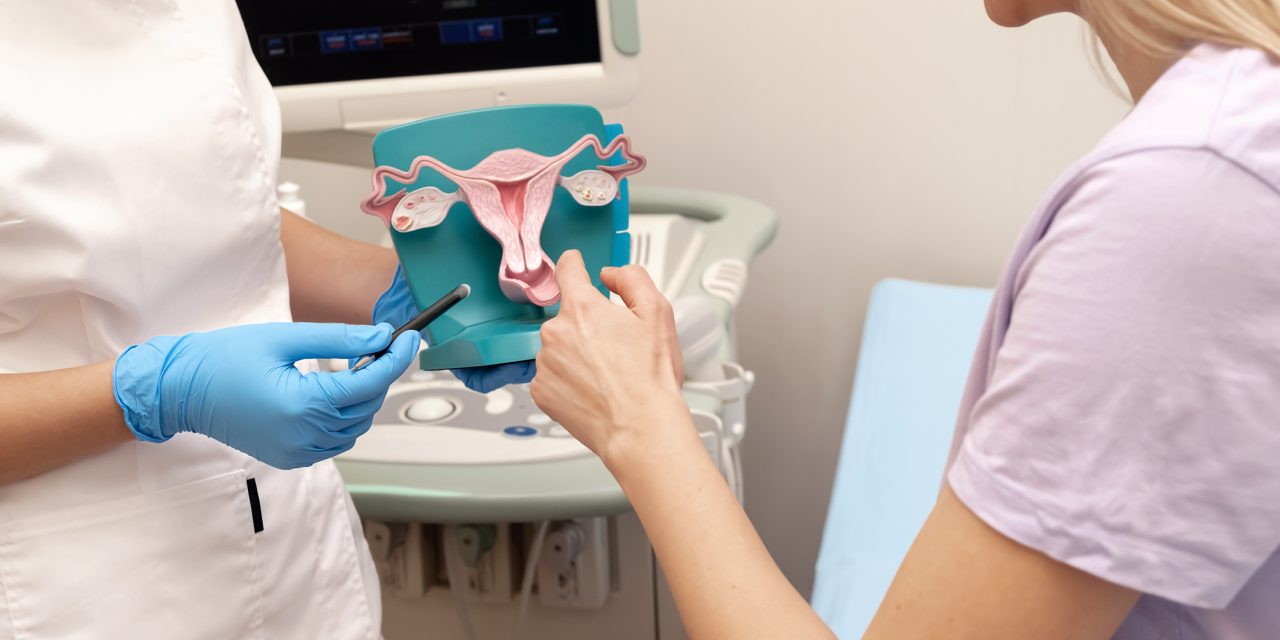Persistent post-surgical pain (PPSP) is associated with upper limb dysfunction and decreased quality of life and causes long-term suffering for breast cancer survivors after surgery. However, the predictors of PPSP remain unclear. The purpose of this study was to examine predictors of PPSP intensity and interference at 1 year postoperatively, focusing on treatment-related factors, pre- and postoperative central sensitization (CS), CS-related symptoms (e.g., muscle stiffness, fatigue, sleep disturbances), and psychological factors.
Eighty-eight women with planned unilateral breast cancer surgery were included in this longitudinal study. CS, CS-related symptoms, and psychological factors were assessed preoperatively, 1 month postoperatively, and 1 year postoperatively. Analysis of covariance was used to compare the groups with and without PPSP, accounting for treatment-related factors. Multiple regression analysis was performed to identify predictors of PPSP intensity and interference at 1 year postoperatively.
Even after adjusting for covariates, preoperative and 1-month postoperative Central Sensitization Inventory scores in the PPSP group were significantly higher than scores in the group without PPSP. Multiple regression analysis showed that axillary lymph node dissection (ALND) and 1-month postoperative CS-related symptoms were independent predictors of PPSP intensity and interference at 1 year postoperatively (p < 0.01).
We found that ALND and 1-month postoperative CS-related symptoms were predictors of PPSP intensity and interference at 1 year postoperatively.
© 2022. The Author(s), under exclusive licence to The Japanese Breast Cancer Society.
Predictors of persistent post-surgical pain intensity and interference at 1 year after breast cancer surgery: assessing central sensitization, central sensitivity symptoms, and psychological factors.


